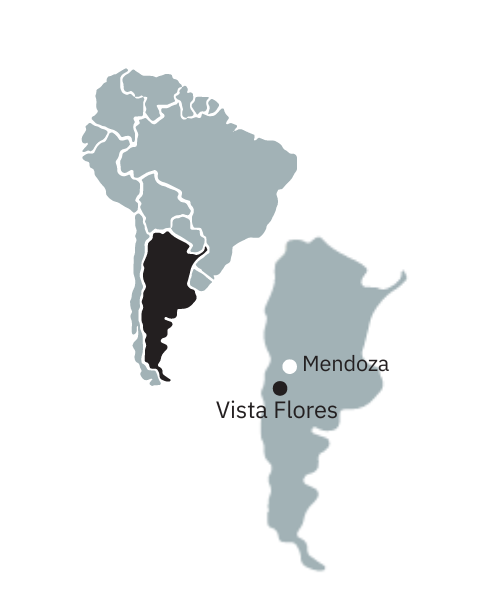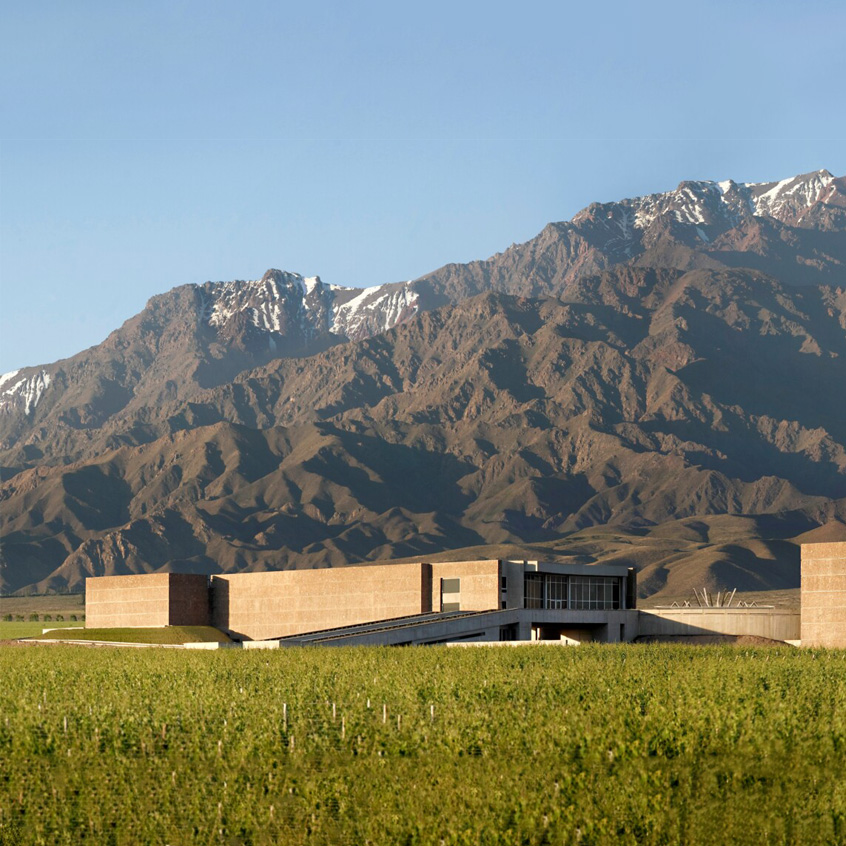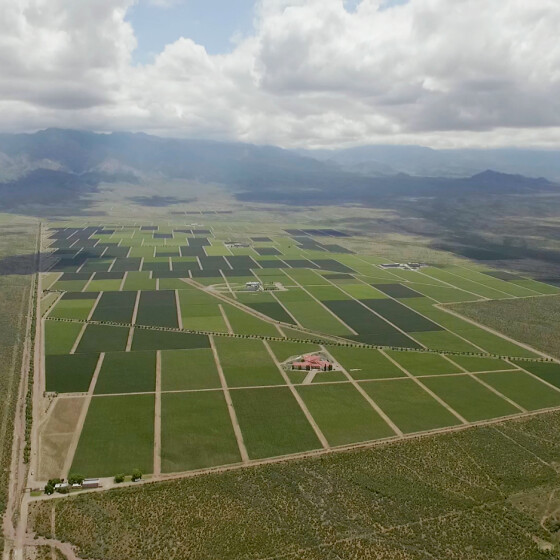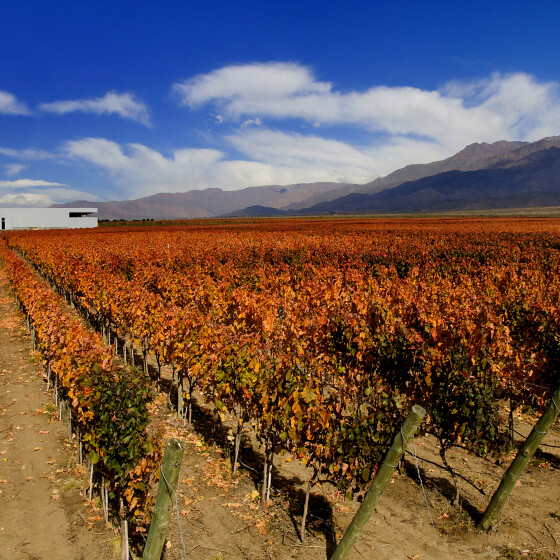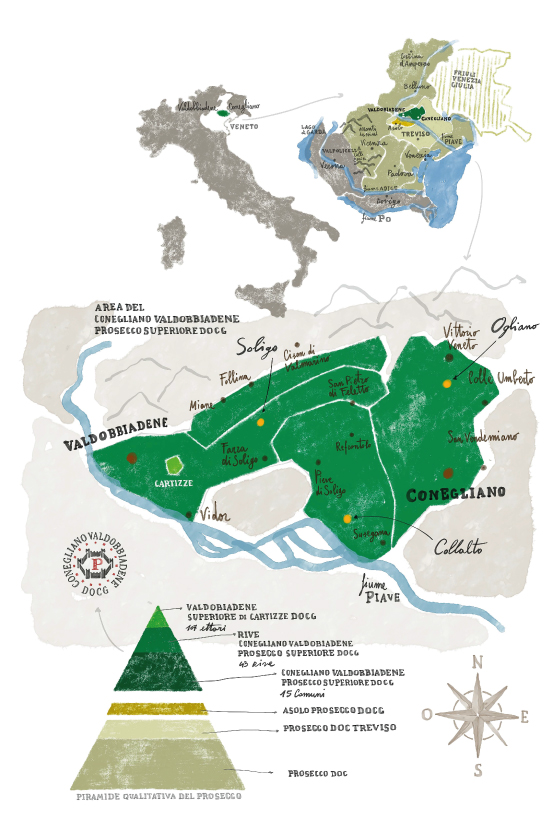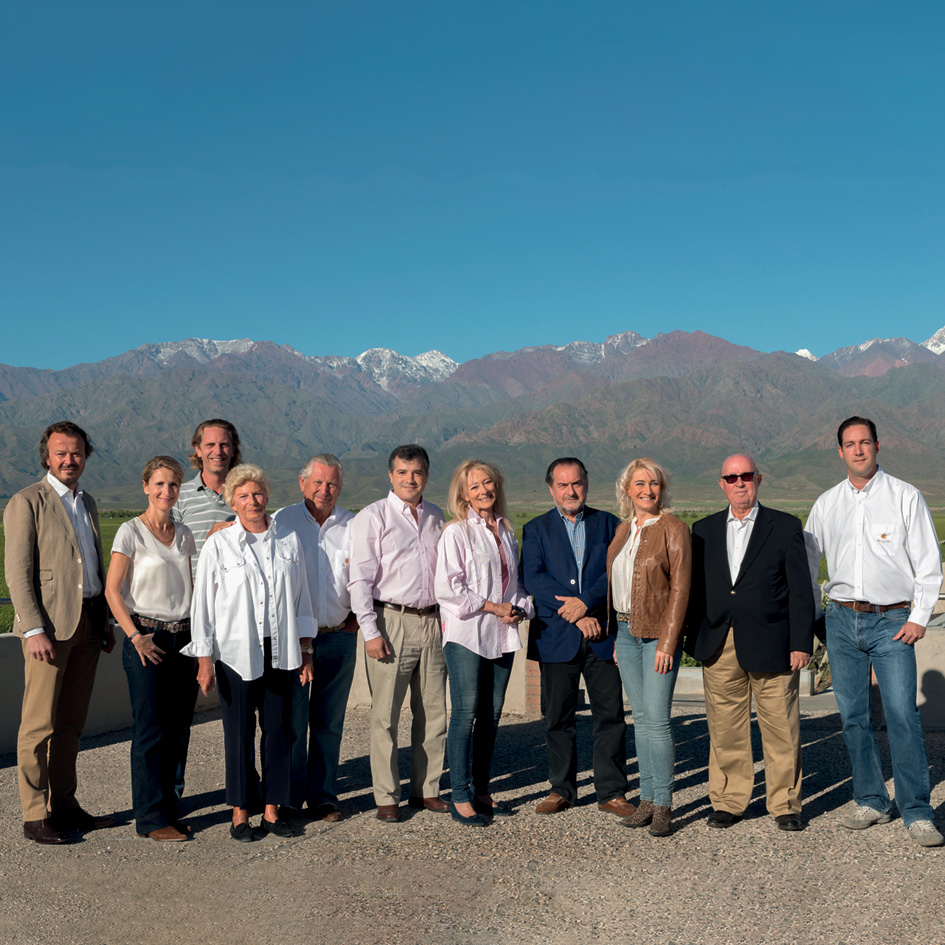

THE COMPANY
An arduous challenge and a unique and innovative concept: 850 hectares of vineyard on foot of the Andes in the Valle de Uco in the region of Mendoza where 4 “bodegas” guided by 4 passionate Bordeaux families give life to a common wine: Clos de los Siete. It was in 1988 that Michel Rolland discovered Argentina, seduced by this country with its wine-growing potential. After having found the ideal terroir in a magnificent terrain with a unique exposure with soils made up of pebbles, clay and sand, the adventure begins. Four bodegas where part of theirs production is dedicated to a wine common, the Clos de los Siete while the rest allows them to produce wines in their own cellars of Monteviejo, Cuvelier los Andes, DiamAndes and Bodega Rolland. A great perfect wine icon of Argentina!

